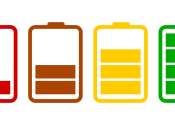System simulating emergency in electric power system faster than in real time created
Scientists of Tomsk Polytechnic University have created a decision support system (DSS) for dispatching personnel of electric power systems (EPS). The system allows dispatchers to quickly test their actions on the management ...
Apr 8, 2021
0
4









